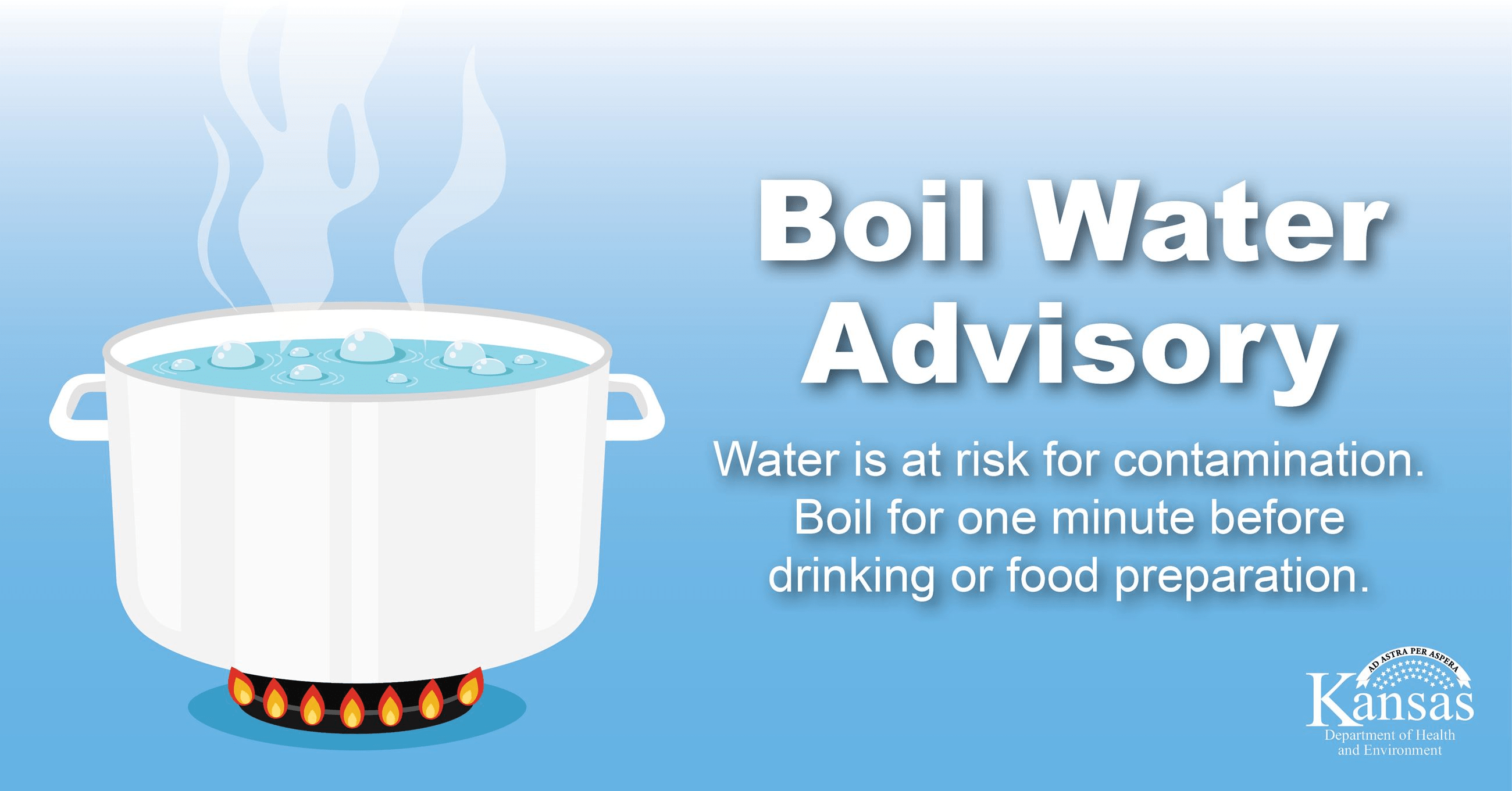Understanding Public Confidence In Evanston's Water Supply: The Role Of Demographics And Experience

Table of Contents
Demographic Factors Influencing Water Confidence in Evanston
Several demographic factors significantly shape public perception of Evanston's water quality and the overall confidence in the water supply. These factors influence how residents access and interpret information about water quality, ultimately affecting their trust in the system.
Age and Water Confidence
Age plays a crucial role in shaping perspectives on Evanston water quality. Older residents, having lived in Evanston for a longer period, may have witnessed past water quality events or experienced longer-term changes. Their perspective might be informed by a broader historical context, potentially influencing their current level of confidence. Younger residents, conversely, may prioritize different water quality aspects, focusing on issues like sustainability or the presence of emerging contaminants.
- Survey data analysis: Comparative analysis of survey data reveals a notable difference in reported confidence levels between age groups. Older cohorts consistently demonstrate a slightly lower level of trust compared to younger residents.
- Generational differences in information access: Access to information significantly varies across generations. Older residents may rely more on traditional media, while younger residents leverage online platforms and social media. This impacts how effectively they receive and process water quality updates from the city.
- Impact of past water quality events: Past incidents of discolored water or taste/odor problems have disproportionately affected older residents' confidence, highlighting the lasting impact of such events.
Income and Access to Information
Income levels significantly influence access to information and resources related to water quality. Higher-income households often possess better access to reliable information sources, including specialized water quality reports and educational resources, which can enhance their understanding and, subsequently, their confidence.
- Disparities in access to resources: A noticeable gap exists in access to detailed water quality reports and educational materials. Many resources are primarily available online, excluding residents with limited internet access or digital literacy skills.
- Impact of language barriers and literacy: Language barriers and differing literacy levels present significant hurdles in comprehending complex water quality data. This information gap can lead to heightened anxieties and lower confidence levels amongst specific segments of the population.
- Income and reported water confidence: Analysis of survey data shows a positive correlation between household income and reported confidence in the Evanston water supply. This highlights the need for equitable access to information.
Ethnicity and Cultural Perceptions
Cultural background and personal experiences significantly shape perceptions of water safety and quality. Different ethnic communities may possess varying levels of trust in government institutions or have unique cultural beliefs and practices related to water. Understanding these nuances is vital for building inclusive communication strategies.
- Survey data and ethnic diversity: Survey data reveals variations in water confidence across different ethnic groups, underscoring the need for culturally sensitive communication strategies.
- Cultural differences in information-seeking behaviors: Information-seeking behaviors vary across cultures. Some communities might rely more on word-of-mouth communication than official city announcements.
- Addressing community-specific concerns: Addressing specific anxieties or misconceptions about water quality within particular ethnic communities is critical to fostering trust and improving overall public confidence.
The Role of Personal Experience with Evanston's Water System
Personal experiences directly influence the level of trust residents place in Evanston's water system. Both positive and negative interactions shape perceptions and impact overall water confidence.
Direct Experiences with Water Quality Issues
Direct experiences with water quality problems significantly impact resident confidence. Incidents such as discolored water, unusual tastes or odors, or even temporary service disruptions can drastically erode trust in the water system. The city's response to these incidents is equally crucial in shaping public perception.
- Correlation between incidents and decreased confidence: Analysis of reported water quality incidents shows a direct correlation with decreased public confidence in the Evanston water supply.
- Importance of timely communication: Timely, transparent communication during water quality events is paramount in mitigating negative impacts on public confidence. Swift and accurate information reduces uncertainty and anxiety.
- Effectiveness of city response mechanisms: The city's responsiveness and effectiveness in addressing water quality issues directly influence the restoration of public trust.
Communication and Transparency from the City of Evanston
Open and proactive communication regarding water quality significantly contributes to building and maintaining public trust. Transparency in reporting water quality data, proactively addressing concerns, and openly communicating about potential issues build confidence among residents.
- Effectiveness of current communication strategies: A critical evaluation of the city’s existing communication strategies reveals areas for improvement in terms of accessibility and clarity of information.
- Improving transparency and accessibility: Enhanced transparency in making water quality reports and data easily accessible through multiple channels, including social media, community meetings, and multilingual formats, can significantly improve public understanding and confidence.
- Benefits of proactive communication: Proactive communication even in the absence of immediate problems enhances the public’s perception of responsibility and accountability, thus fostering a greater sense of trust.
Trust in Government and Water Management
Overall trust in local government and the institutions responsible for managing water resources significantly influences the public’s perception of water safety and quality. Building strong community relationships is crucial to improving water confidence.
- Correlation between government trust and water confidence: Data analysis demonstrates a strong correlation between overall trust in local government and confidence in the water supply.
- Building strong community relationships: Building trust requires sustained engagement with residents, through participatory processes and open forums that allow for direct dialogue and addressing concerns.
- Strategies for fostering trust and transparency: Implementing strategies that promote transparency, accountability, and responsiveness within the water management system strengthens the public's trust and confidence.
Conclusion
This analysis reveals a complex interplay between demographic factors, personal experiences, and public confidence in Evanston's water supply. Addressing concerns related to age, income, ethnicity, communication, and government trust is critical for cultivating a more informed and confident citizenry. Building trust requires ongoing commitment to proactive, transparent communication, tailored to address specific community concerns, and a continuous dedication to improving water quality and service.
Call to Action: Understanding public confidence in Evanston's water supply is an ongoing process. The city of Evanston should actively engage residents, proactively address concerns, and ensure transparent and accessible communication to foster stronger trust in the quality and safety of our vital water resource. Participate in future surveys and provide feedback to continuously improve Evanston's water services and build stronger public trust.

Featured Posts
-
 Price Gouging Allegations Surface After La Fires A Selling Sunset Star Weighs In
May 16, 2025
Price Gouging Allegations Surface After La Fires A Selling Sunset Star Weighs In
May 16, 2025 -
 Nba Prediction Celtics Vs Pistons Who Takes The Victory
May 16, 2025
Nba Prediction Celtics Vs Pistons Who Takes The Victory
May 16, 2025 -
 Jeffrey Goldberg Describes Unconventional Trump Interview Dynamics
May 16, 2025
Jeffrey Goldberg Describes Unconventional Trump Interview Dynamics
May 16, 2025 -
 Important Notice Boil Water Advisory For Anderson County Rwd 4 From Kdhe
May 16, 2025
Important Notice Boil Water Advisory For Anderson County Rwd 4 From Kdhe
May 16, 2025 -
 Tactical Breakdown A Detailed San Jose Earthquakes Opposition Scouting Report
May 16, 2025
Tactical Breakdown A Detailed San Jose Earthquakes Opposition Scouting Report
May 16, 2025
